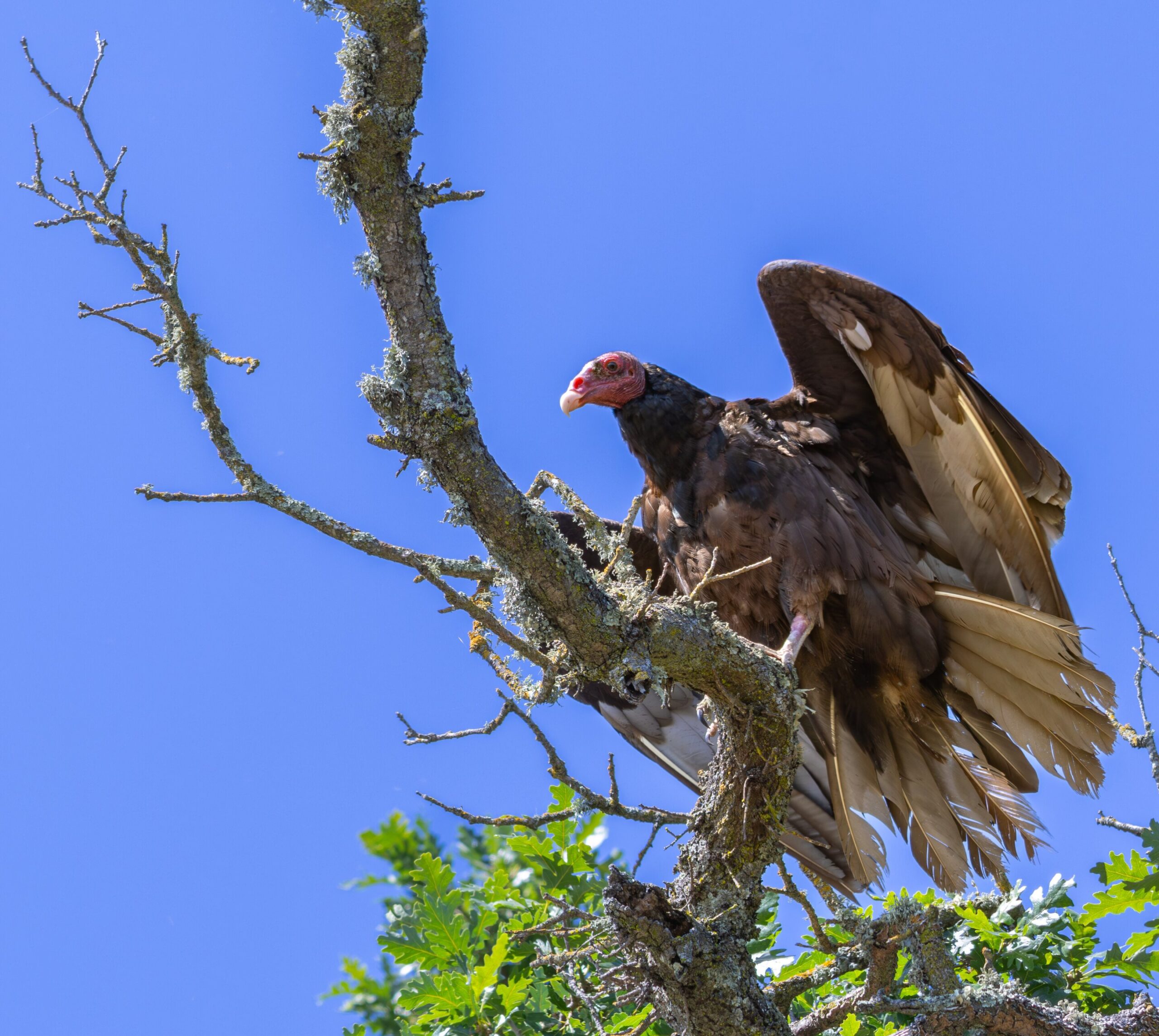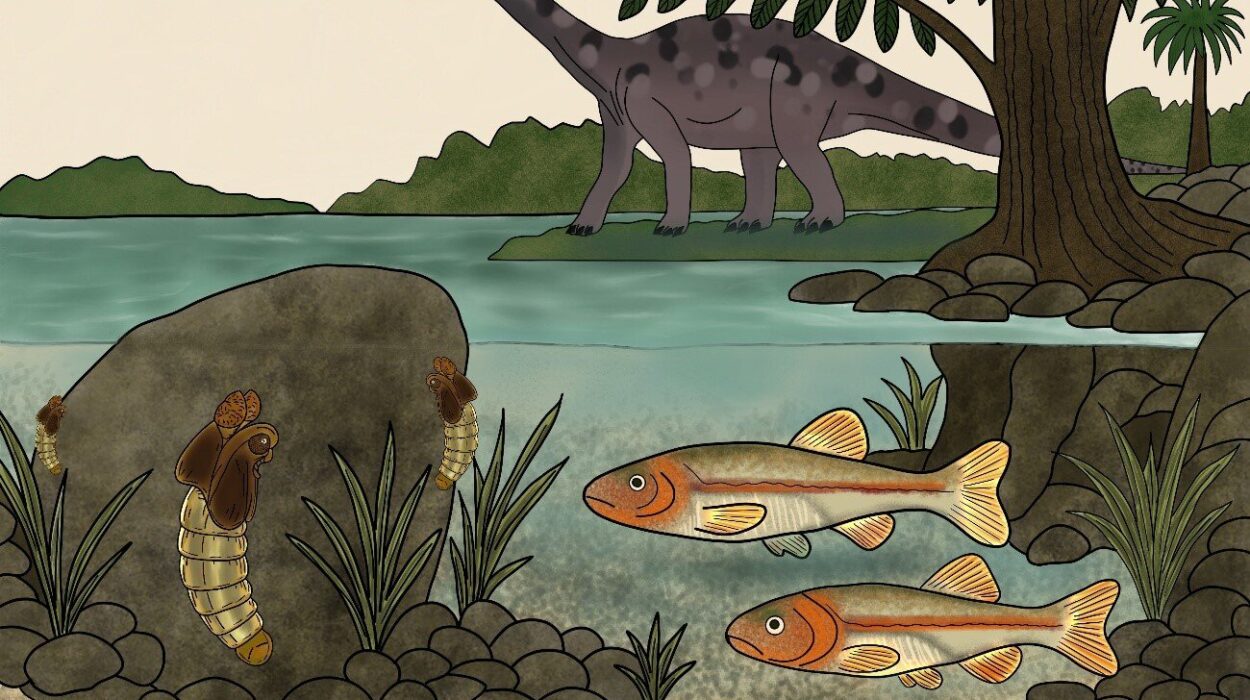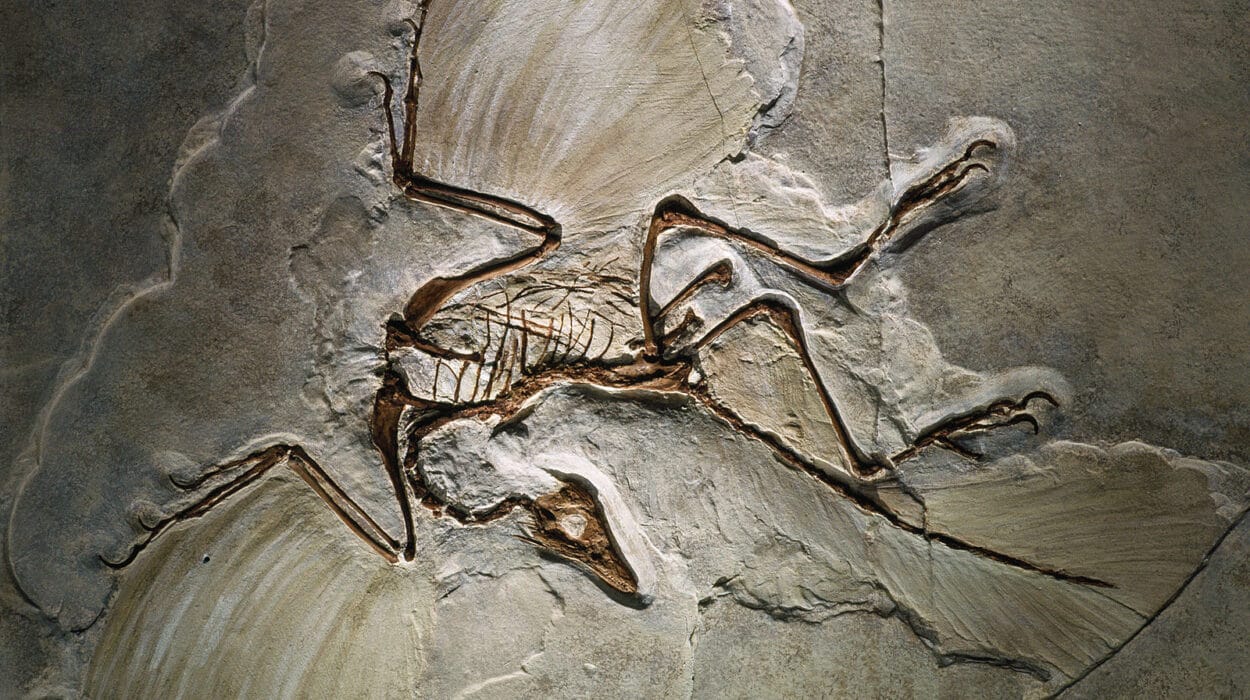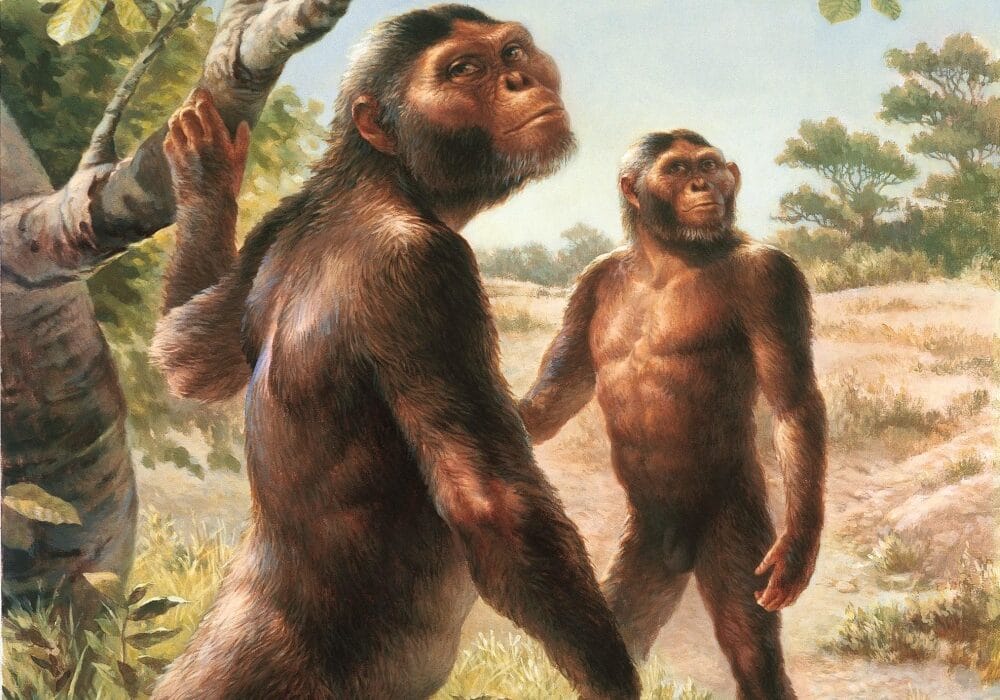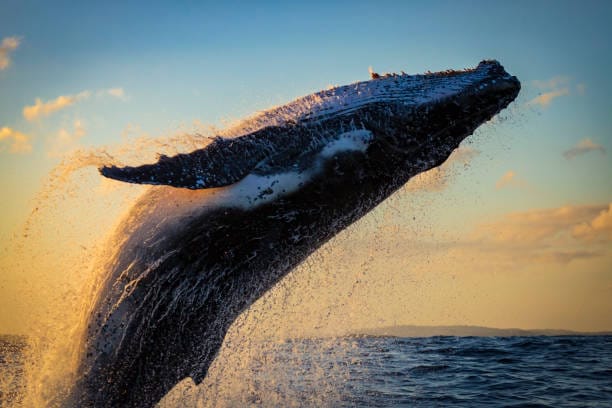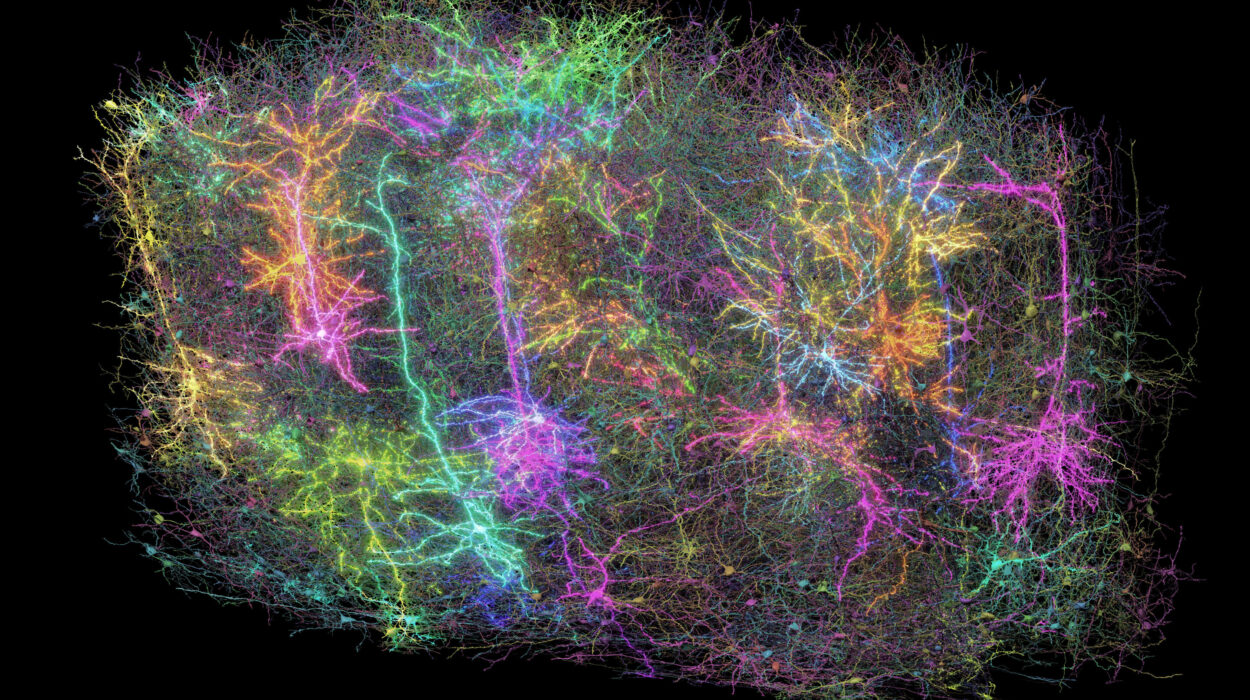In the still, forgotten corners of nature—the sun-scorched savannahs, misty forests, and deep blue seas—there are quiet workers who ask for no thanks. They don’t chase prey or plant trees. Instead, they clean up the mess. They are the scavengers, nature’s unsung custodians. But now, in a world reshaped by human footprints, those quiet workers are vanishing.
A small but determined team of biologists at Stanford University has uncovered startling new evidence that nearly one-third of all known vertebrate scavengers are either in decline or facing serious threats. Their findings, published this week in the Proceedings of the National Academy of Sciences, paint a sobering picture of what may be one of the least appreciated crises in the natural world.
A Disappearing Line of Defense
Scavengers play an indispensable role in the intricate web of life. By consuming the carcasses of the dead, they prevent disease, keep water supplies clean, and recycle nutrients back into the soil. Without them, ecosystems can rot—literally and figuratively.
“Scavengers are nature’s sanitation service,” explains lead author Dr. Aliza Martinez, an ecologist at Stanford’s Center for Conservation Biology. “Their work keeps entire ecosystems from drowning in disease and decay. But because they don’t grab headlines or awe us with beauty, their decline often goes unnoticed.”
Previous research has underscored their quiet power. In Europe and the Americas, scavengers consume around 75% of all animal carcasses. In Africa, hyenas alone dispose of more than 200 tons of biological waste annually. Without them, pathogens would thrive, water sources would spoil, and disease could spread from wildlife to humans in disastrous ways.
Yet despite their ecological importance, scavengers are slipping through the cracks of conservation awareness.
An Exhaustive Census of Nature’s Janitors
To understand how widespread this decline might be, Martinez and her colleagues began an ambitious task: cataloging every known vertebrate scavenger on Earth. It wasn’t a glamorous job. It meant combing through massive databases of marine, freshwater, and terrestrial species. After weeks of painstaking research, they compiled a list of 1,376 species—everything from vultures to sharks to the often-overlooked opossum.
The team then cross-referenced these species with the International Union for Conservation of Nature’s Red List—the gold standard for tracking species’ conservation status. The results were sobering: approximately one in three vertebrate scavengers is threatened, vulnerable, or declining in population.
“It was like pulling back the curtain and realizing the whole backstage crew is collapsing,” says Dr. Nikhil Suresh, a co-author and evolutionary biologist. “We often hear about charismatic predators or iconic prey species being endangered, but the ones cleaning up after them? They’re fading, too.”
The Bigger They Are, The Harder They Fall
Perhaps most alarming is which scavengers are declining the fastest: the big ones.
Species like the oceanic whitetip shark, the African white-backed vulture, and the spotted hyena—all critical, large-bodied scavengers—have seen dramatic drops in population. In some regions, vulture populations have plummeted by more than 90% over just a few decades. These animals are the heavy lifters, capable of removing large carcasses that smaller scavengers simply can’t manage.
The reasons for their decline are grim and familiar: habitat loss, poisoning, hunting, vehicle collisions, and climate change. Vultures in South Asia, for example, were nearly wiped out due to the veterinary drug diclofenac, which entered their systems when they fed on treated livestock carcasses.
But not all scavengers are suffering. In fact, some are thriving—and not in ways that are necessarily good for humans.
A New Kind of Scavenger Is Taking Over
As large scavengers vanish, smaller and more opportunistic species are filling the void. Rats, mice, raccoons, and even stray dogs and cats have adapted to human-dominated environments, becoming the new generation of urban scavengers.
While they may seem harmless or even cute, these animals carry a far more dangerous burden: disease.
“Unlike vultures or hyenas, which tend to neutralize pathogens by digesting carcasses quickly and efficiently, smaller mammals like rats often spread those pathogens,” says Martinez. “They are more likely to come into contact with human dwellings, contaminate food supplies, and act as disease vectors.”
The researchers argue that this scavenger turnover—where clean, efficient, wild scavengers are replaced by disease-prone urban dwellers—represents a major and overlooked public health threat.
“It’s not just an environmental issue,” Suresh adds. “It’s a human health issue.”
A Crisis of Visibility and Value
Part of the problem, the researchers believe, is that scavengers are not sexy. They don’t inspire the same awe as apex predators or the same sympathy as endangered herbivores. Their work happens quietly, often under cover of night or deep beneath the ocean surface.
“Scavengers have a PR problem,” says Martinez. “They’re seen as dirty, grotesque, even evil in some cultures. But they’re heroes in disguise.”
This cultural stigma, the researchers suggest, has contributed to weak conservation policies and a lack of public support. Many countries don’t even track scavenger populations independently, instead lumping them into broader categories of predators or general wildlife.
Yet without them, entire ecosystems risk collapse.
A Global Wake-Up Call
The team at Stanford is calling for urgent, targeted conservation efforts to protect vertebrate scavengers. They argue for stricter controls on toxic substances that kill scavengers, stronger anti-poaching laws, and education campaigns to shift public perception.
But above all, they urge governments and the global scientific community to recognize the indispensable role scavengers play in ecological and human health.
“Scavengers are not just cleaning up messes,” says Martinez. “They are stopping disease outbreaks, protecting water sources, and maintaining the delicate balance of life and death that makes ecosystems function.”
The researchers hope their study will spark a new wave of interest in these vital creatures—before it’s too late.
Looking to the Skies and Streets
Already, conservationists in parts of Africa and Asia are working to reintroduce and protect vulture populations through anti-poisoning initiatives and breeding programs. In some cities, efforts to control rat populations with non-lethal means are gaining ground. But these are still isolated efforts in a global problem.
The study closes with a stark warning: if we continue to ignore the decline of scavengers, we do so at our peril.
For now, the world continues to spin, and life and death march on. But somewhere, on a windswept plain or the side of a quiet highway, a carcass lies untouched, waiting. And fewer and fewer wings come to claim it.
Reference: Chinmay Sonawane et al, Global decline of apex scavengers threatens human health, Proceedings of the National Academy of Sciences (2025). DOI: 10.1073/pnas.2417328122
